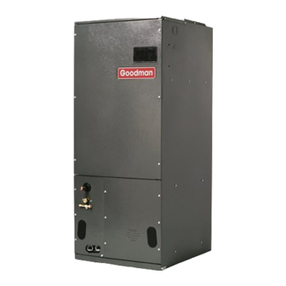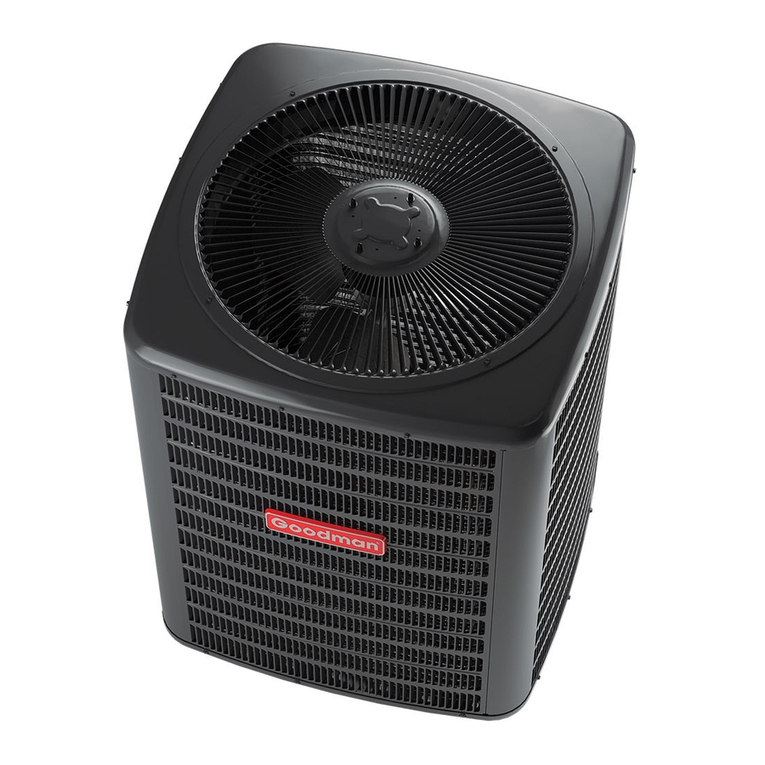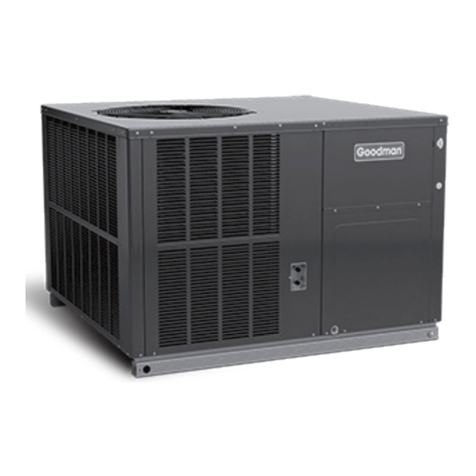Goodman GSH Series Operating instructions
Other Goodman Air Conditioner manuals
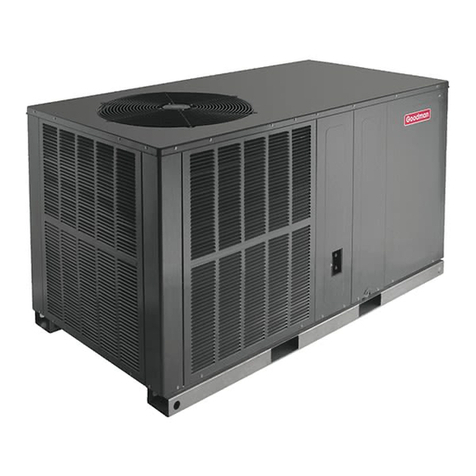
Goodman
Goodman GPC13H User manual
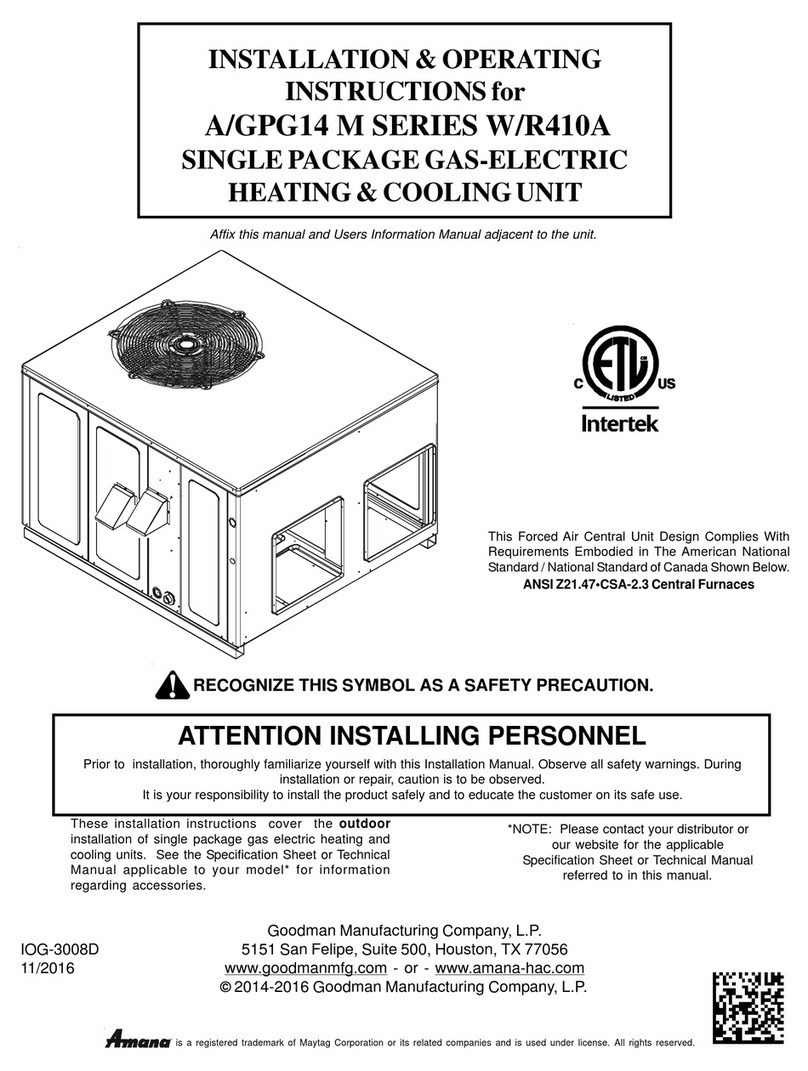
Goodman
Goodman Maytag Amana A/GPG14 M Series Manual
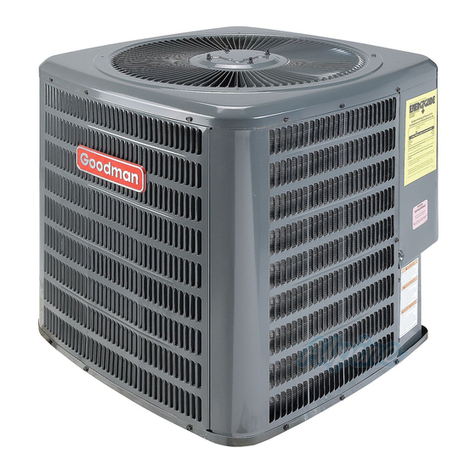
Goodman
Goodman GSX13 User manual
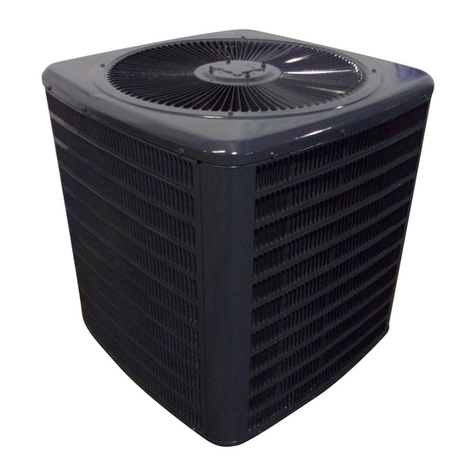
Goodman
Goodman SSX16 Installation instructions
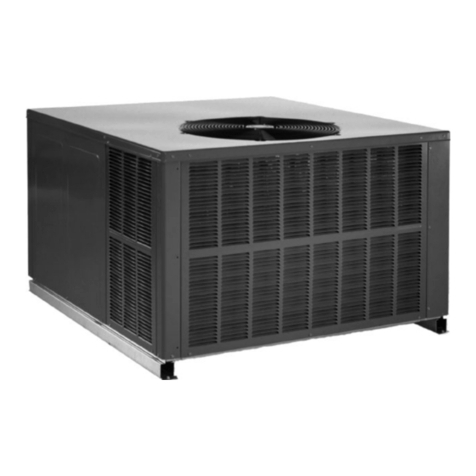
Goodman
Goodman GPG10 Manual

Goodman
Goodman APG14 M Series Manual
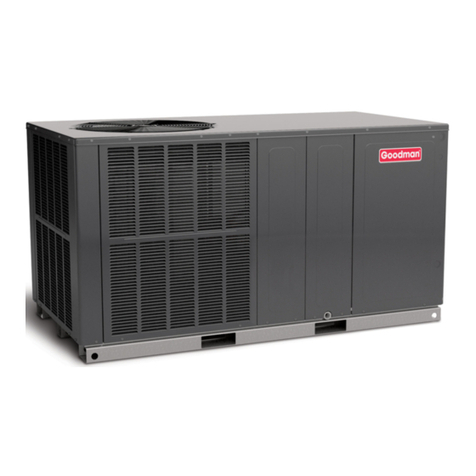
Goodman
Goodman GPC1424H41AB Use and care manual
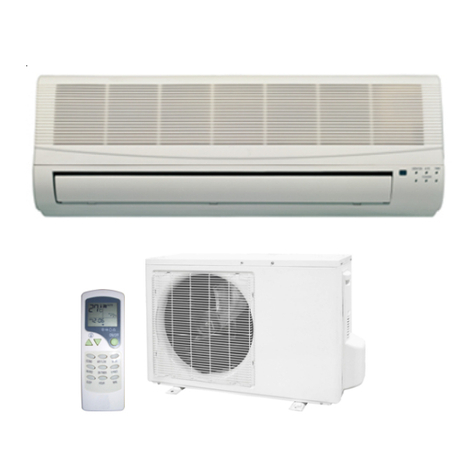
Goodman
Goodman MSG-12CRN1N Operating instructions

Goodman
Goodman MSG-12CRN1N Operating instructions
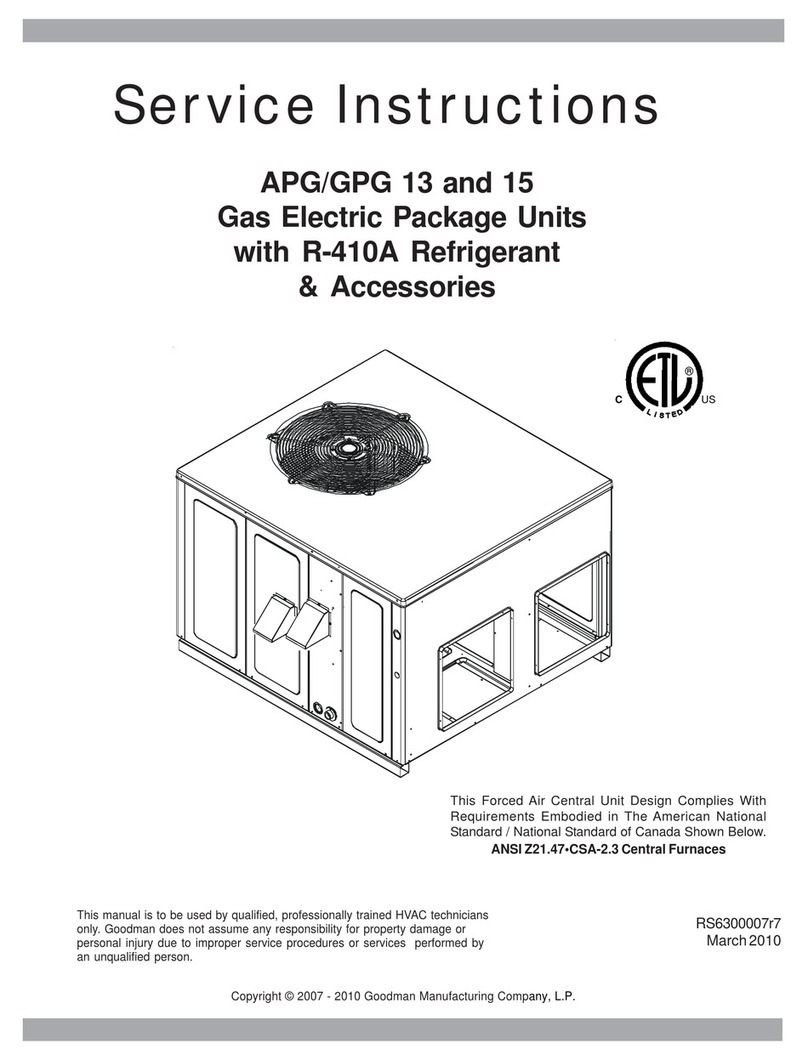
Goodman
Goodman APG 13 Operating instructions
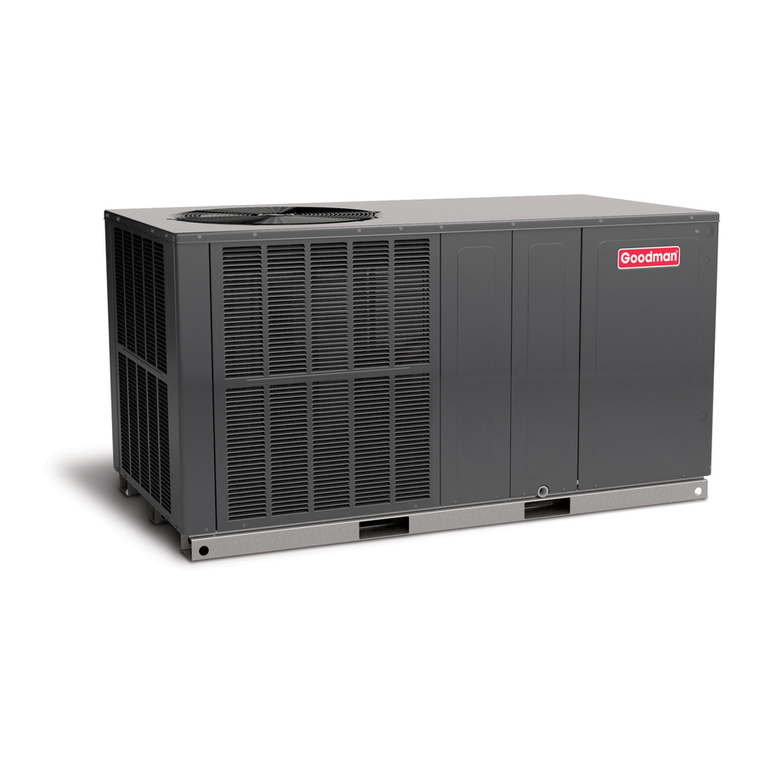
Goodman
Goodman GPC 14 SEER R-410A User manual

Goodman
Goodman IO-402K User manual
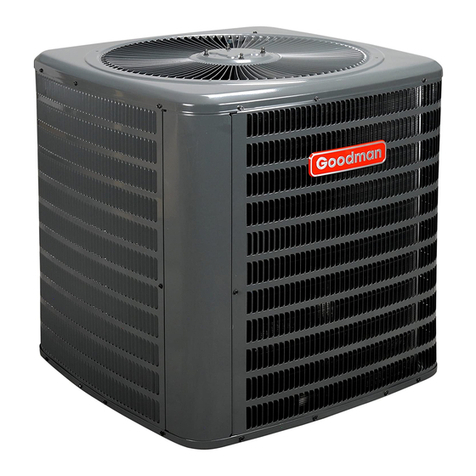
Goodman
Goodman CONDENSING UNIT User manual

Goodman
Goodman GPC13 M Series Use and care manual

Goodman
Goodman GSC13 SEER User manual
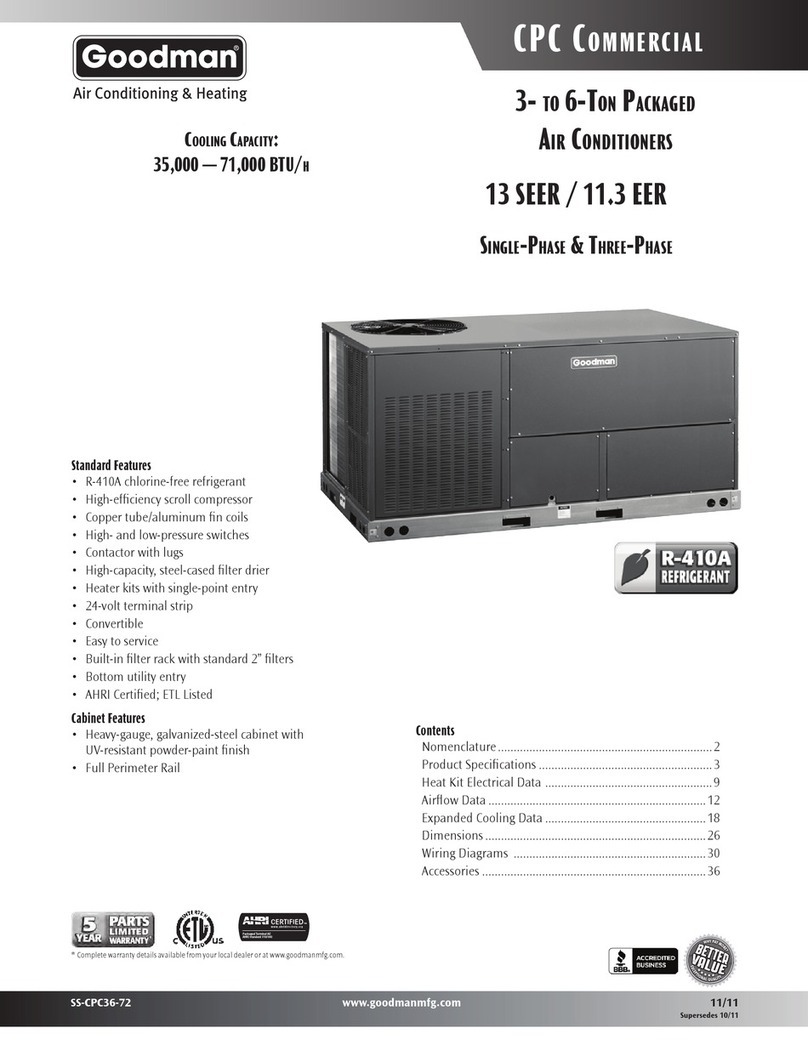
Goodman
Goodman SS-CPC36-72 User manual
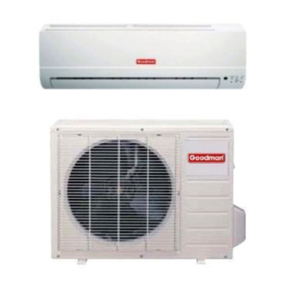
Goodman
Goodman MSG-12CRN1 User manual
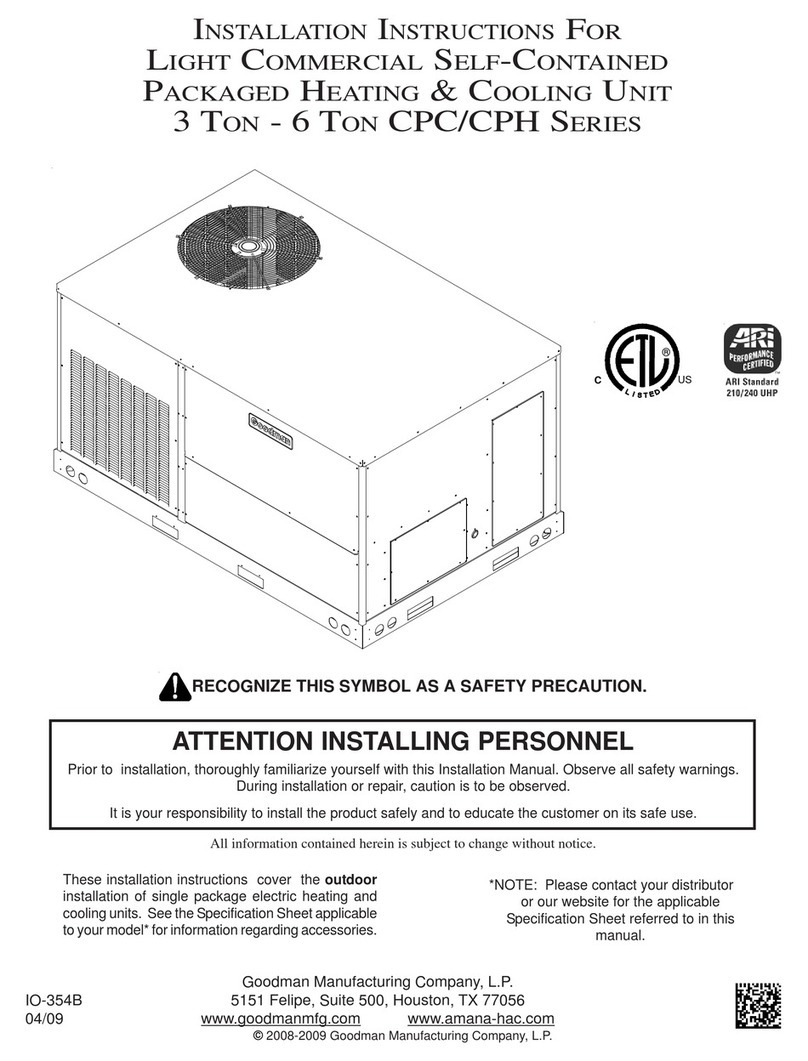
Goodman
Goodman IO-354B User manual
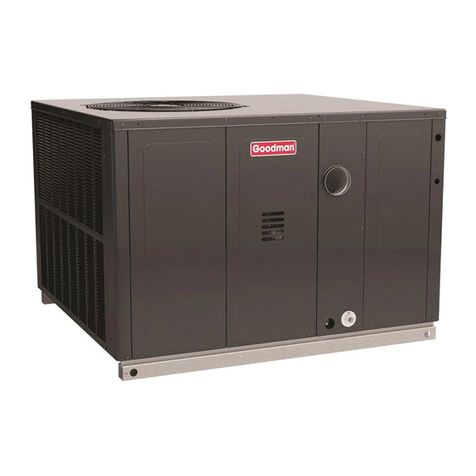
Goodman
Goodman GPG16 M Series User manual
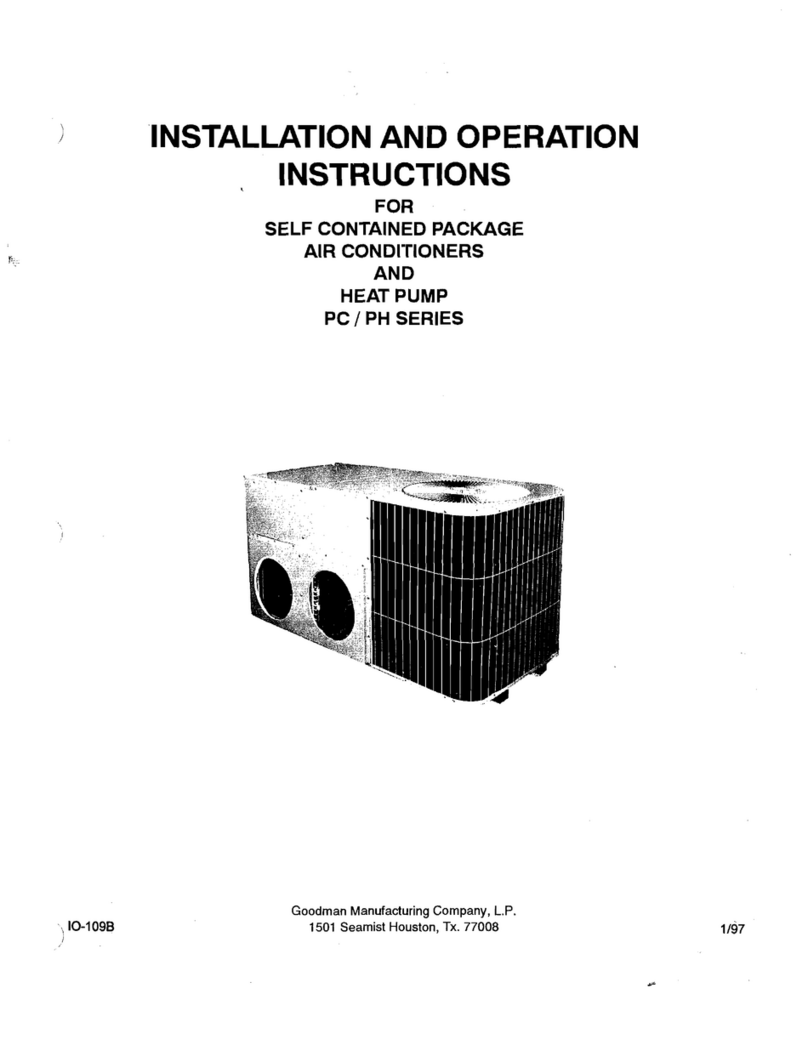
Goodman
Goodman PC Series User manual
Popular Air Conditioner manuals by other brands

Fujitsu
Fujitsu ASYG 09 LLCA installation manual

York
York HVHC 07-12DS Installation & owner's manual

Carrier
Carrier Fan Coil 42B Installation, operation and maintenance manual

intensity
intensity IDUFCI60KC-3 installation manual

Frigidaire
Frigidaire FAC064K7A2 Factory parts catalog

Sanyo
Sanyo KS2432 instruction manual

Mitsubishi Electric
Mitsubishi Electric PUHZ-RP50VHA4 Service manual

Panasonic
Panasonic CS-S18HKQ Service manual

Panasonic
Panasonic CS-E15NKE3 operating instructions

Gree
Gree GWH18TC-K3DNA1B/I Service manual

Friedrich
Friedrich ZoneAire Compact P08SA owner's manual

Daikin
Daikin R32 Split Series installation manual
